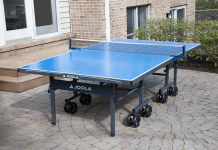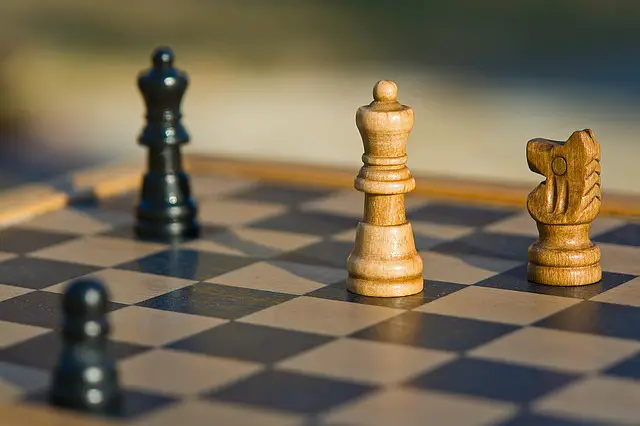Yes, the king can capture in chess, but only if not placing itself in check or checkmate. The king captures in the same way that it moves: one square at a time, in any direction available.
Kings are the most important pieces on a chessboard. In essence, if there was no king, there would be no game.
Although the king only has a handful of moves in its arsenal, it also has a few tricks up its sleeve, such as castling. In this article, we will discuss all you need to know about this powerful piece, including its famous moves and those lesser-known moves.
By the end of this article, you’ll know how the king moves, how to protect it at all costs, and how to use its (few) skills to your advantage.
As the king would say: “charge!”
Table of Contents
From Wars to Boards
Legend has it that chess was invented by kings who grew, well, bored. Following the end of year-long wars, they had nothing better to do with their time than ponder over the good memories of making war (hey, to each its own).
Thus, they invented chess as a way to keep themselves entertained. Now, I won’t bore you with the historical facts of chess (who’s forefather was actually the 6th century Chaturanga found in India).
Let’s pretend, for illustrative purposes, that you as a newbie chess player imagine that this is where chess comes from: two kings with a lot of time on their hands.
This was the case when I started learning to play chess, and let me tell you, I could not understand why the kings didn’t give themselves more power. I mean, you invented this game, why not give yourself unlimited moves and skills?
Now, after a few years of playing this beloved game, I understand that a piece does not have to have all the skills in the world to be powerful. Just like with people, just because a person is quiet, it doesn’t mean that they can’t be a great leader.
So, although the king hasn’t got all the moves of a queen, or the ability to jump over pieces like a knight, a king is the very reason that the game exists. For this reason, I can’t help but think of it as one of my favourite pieces.
How Does a King Move?
Like a pawn, a king can only move one square at a time, except a king can also move in any of the eight directions if they are available to the piece.
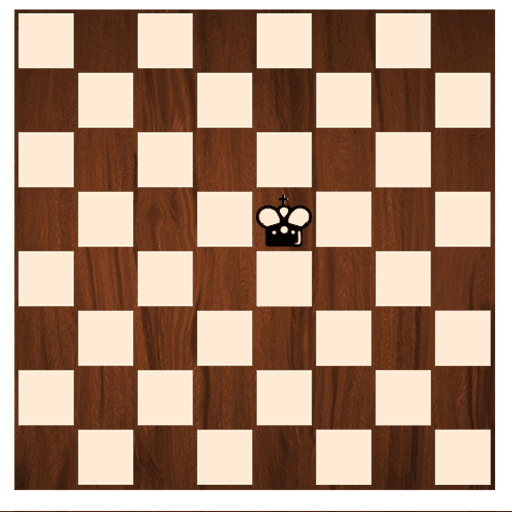
Think of the king as a very old commander of a country, walking about its mighty kingdom one step at a time.
The king can move in any direction, although this has to be one square at a time.
For example, a king on C3 can move upwards to C4, sideways to either B3 or D3, diagonally to B4 or D4, backwards to C2, or backwards diagonally to B2 or D2.
To summarize, if no opponents are in a king’s way, it can move in a variety of eight ways.
Why is the King so Weak?
I mean, it’s the king, right? Then why can the king only move one square at a time? Surely a piece so powerful should be able to do anything that it wants to do?
Let’s take a step back and consider the aim of chess. The aim of the game is to topple your opponents’ army to get to their king. No matter how many pieces you capture, to put your enemy in checkmate is the ultimate goal.
This goal would be somewhat difficult to achieve if the king could move as eloquently as its queen. Just imagine how long an already-lengthy chess game would take!
Thus, a king was made purposefully weak to make the game realistically playable, and to allow a player the opportunity to checkmate a king. For this reason, a king can only move one square at a time in any direction.
And the reality is that the king isn’t as weak as he may seem. If you’ve ever been in an endgame with only a few pieces, you know the king is an important part of the attack.
Why Does the King Have a Cross?
If you’ve seen a king on the chessboard, you’ll know that it has a little cross on its head. Have you ever paused to wonder why?
The cross was added to the king’s head to help distinguish the piece from the queen. Why a cross? Well, you’ll often see a cross on top of a monarch’s head, as it symbolizes the monarchy’s Christian nature.
Before the king was adapted to have a cross on its head, the figures of chess often resembled human-like figures.
Now, the next time you play a game of chess, you have an interesting piece of history to discuss with your opponent!
Can the King Capture?
Yes! The king can capture other pieces. In fact, late in many games the king becomes a very important and powerful piece.
The king can capture any other piece, except for another king, as long as that piece is not protected.
How Does a King Capture?
Just like the king moves, it captures a piece one step at a time in any direction. A king must do so without placing itself in danger of capture.
For example, if an enemy rook is on D8 and F7, and your king is on E6, the king can capture the rook on F7. The king must not move one step forward in an attempt to capture D8’s rook, as this would mean placing itself in check by the rook on F7.
Remember, the king is the commander of your army. Therefore, it must never be put in danger. It is the entire purpose of the game to protect you king at all cost.
Can the King Capture the Opponent’s King?
No, a king may not capture another king. This is considered an illegal chess move, as two kings may never be directly next to each other on a chessboard.
When your opponent attempts to capture your king with theirs, it is polite to kindly point out their mistake and allow them to re-do the move.
When grand masters play against each other, or during chess tournaments, the arbiter is called to make a judgement and put extra time on the clocks if necessary.
When is my king in trouble?
When a piece threatens your king, you are in check. You must then move your king or move a piece in front of the king to keep it protected.
When you are in check, you may not move any other piece if it is not related to getting your king out of check. For example, if a rook is threatening your king on home ranks, you cannot proceed to enemy ranks with a pawn.
The king is the most important piece on the board and remains your number one priority.
When Does Checkmate Occur?
When your king has no way to move to safety, you are in checkmate.
Checkmate indicates the end of a game, meaning that either you or your opponent have lost the game.
Checkmate usually occurs when your king is attacked from all possible sides. With nowhere to go or no other pieces to protect your king, the game is in checkmate.
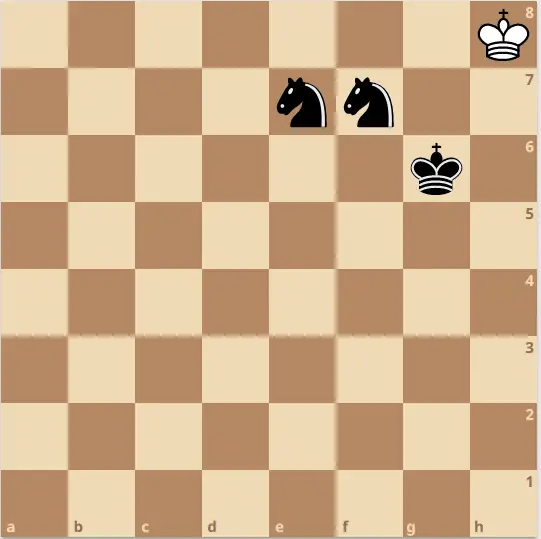
As you can see, every move you make is either to protect the king or in an attempt to topple your opponent’s monarchy.
Move wisely!
The King’s Gambit: what you need to know
If you’re an avid fan of the television series, you would’ve heard of The Queen’s Gambit. So, what on earth is the King’s Gambit?
Let’s explain.
The King’s Gambit, which dates back to the Romantic Era of chess, is one of the oldest known chess openings. The aim of this opening is to immediately start an attack on your opponent’s monarchy.
In essence, white offers a pawn as a sacrifice in order to eliminate black’s central pawn. This allows white to develop rapidly and march towards the opposition’s king.
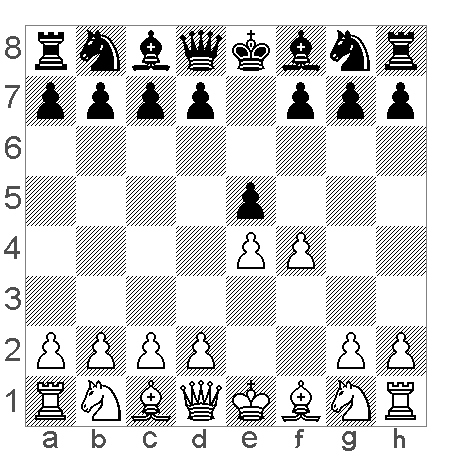
Castling: what you need to know
So, the king can only move one square at a time, right? Well, technically, it does have a few tricks up its sleeve.
Let me introduce you to a nifty little trick called castling.
This move refers to when a player moves their king two squares towards a rook on their home rank. The rook then moves to the square that the king crossed.
This is a very handy move, especially if you want to protect your king from incoming threats. As your king will likely be behind a wall of pawns, this will also add a bonus layer of protection. This is quite useful, given the fact that the pawns in front of your king and queen will usually be developed to allow you to attack your opponent’s pieces.
What are the rules of castling?
Do note that a king cannot always castle. Here are a few rules to keep in mind before attempting this move.
- All the spaces between a king and rook must be empty.
- Neither the king nor the rook may have moved prior to the castling move.
- The king cannot be in check when attempting to castle.
- The square that the king lands on may not be under attack. The squares that the king passes over may also not be under attack.
How Do I Surrender in a Chess Game?
When a player thinks that they have already lost the game, they do have the option of surrendering (a.k.a. resigning).
A universally recognized way of surrendering in chess is by tipping your king on its side. You may then shake your opponent’s hand, as a way of congratulating them.
Now, the question is, should you ever surrender or should you continue to play, even if you think that you lost?
When learning to play chess in primary school, my chess teacher (shoutout to Ms. Wood!) always told us to never surrender. “You never know, the game might turn in your favour,” she would say.
However, keep in mind that we were a bunch of 10-year-olds and she was probably trying to keep our spirits up.
In more formal games between professionals, it is actually considered polite to resign if you know that there is no way to save your king. This saves your opponent’s time and saves you the embarrassment of a tough take-down.
No matter what the greats say, even if I were to play the likes of a modern-day Fischer, I would never surrender. Ms. Woods would not approve!
Conclusion
Just like any other piece on the board, a king can capture in the same way that it moves: one step at a time.
A king may, however, never capture another king.

Veronica is a Green Bay-based freelance writer and editor with extensive experience with board games. When not busy scribbling her thoughts, you might find her in her garden, hiking out in the woods, or exploring new food joints.
Veronica is a die-hard board game and chess hobbyist by night. She likes to try out new games and is always on the lookout to recruit new players for her game night (so beware!). When not playing board games or throwing darts, she is usually busy painting miniatures (or doing other nerdy stuff).
She is the CEO & Content Writer of Indoor Games Zone. She shares her expertise from years of playing chess, board games, and darts.

![Stiga XTR Pro Review | 1,559+ Global Ratings (In-Depth Guide) [year] Stiga XTR Pro Review](https://indoorgameszone.com/wp-content/uploads/2021/08/Stiga-XTR-Pro-Review-218x150.jpg)


